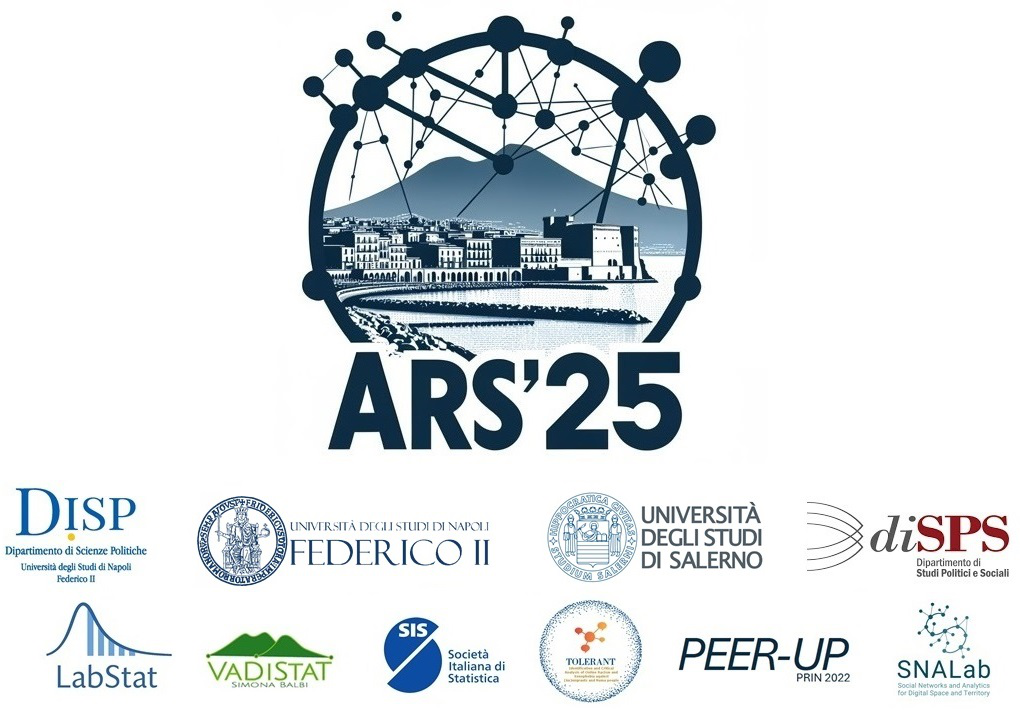Speaker
Description
Adolescence is a critical period in which peer relationships strongly influence identity formation, educational aspirations, and life trajectories. While previous research has emphasized the impact of family background and individual factors on students’ academic choices, recent sociological studies highlight the central role of social networks in shaping these decisions. This study investigates how structural dynamics of peer relations and motivational homophily—the tendency to form friendships with individuals who share similar post-secondary aspirations—affect educational pathways during the transition from secondary school to university. Using Exponential Random Graph Models (ERGMs), we analyze classroom friendship networks to assess the extent to which ties are shaped by density, reciprocity, and homophily in both socio-demographic and motivational attributes. Each class network is modeled separately, and estimated parameters are subsequently aggregated through multilevel meta-analysis, enabling the examination of how contextual characteristics at the school and provincial level contribute to variations in relational patterns. By linking micro-level peer interactions with meso-level class structures, this approach allows disentangling endogenous network mechanisms from exogenous influences, thereby providing a comprehensive understanding of how peer relations contribute to educational decision-making. Findings are expected to advance sociological knowledge on the interplay between motivation, social capital, and structural opportunities, offering insights into how schools function as organizational contexts that shape students’ future trajectories.
Keywords/Topics
Classroom friendship networks
ERGM
Multilevel Analysis
Peer Effect

